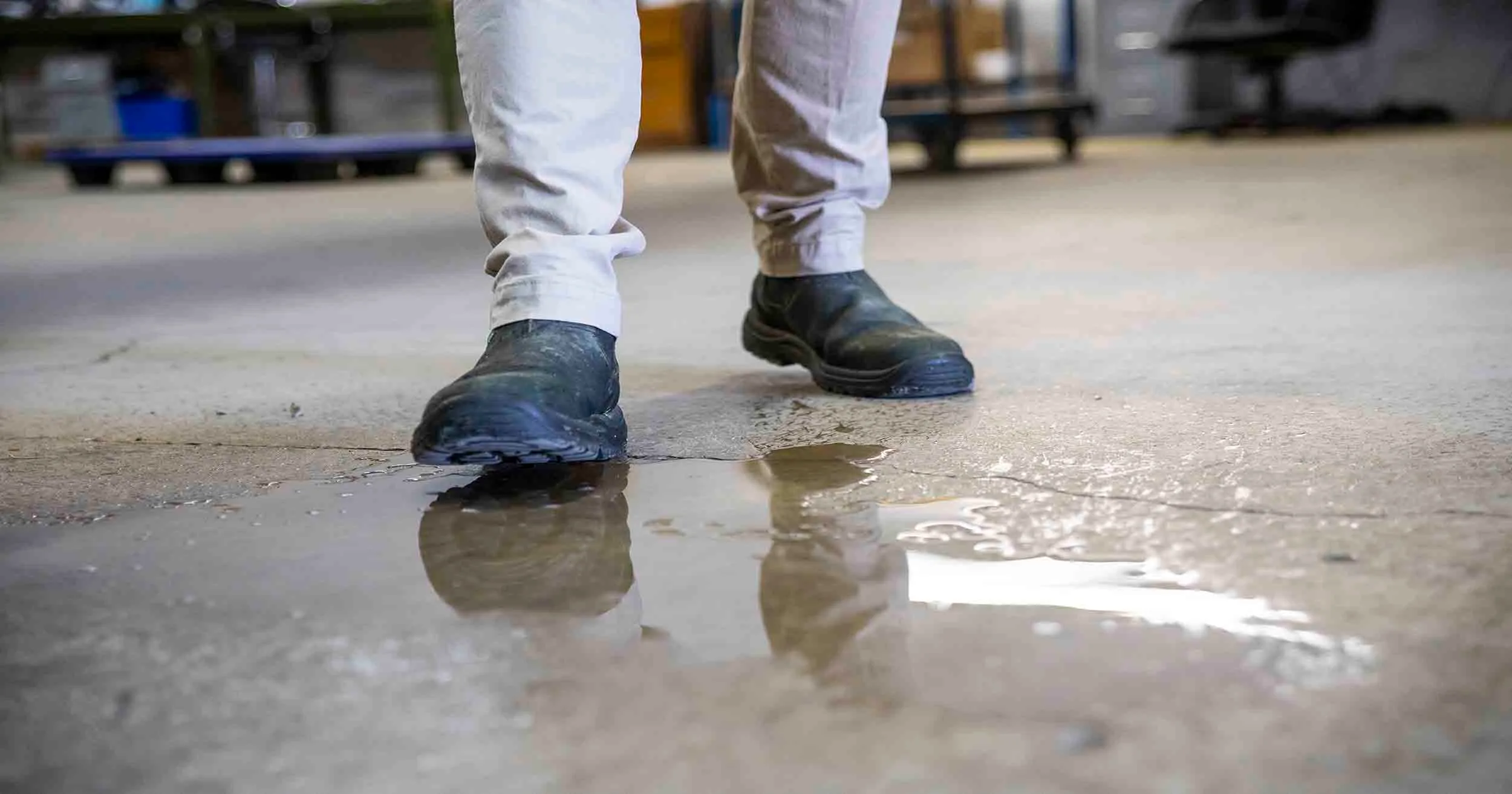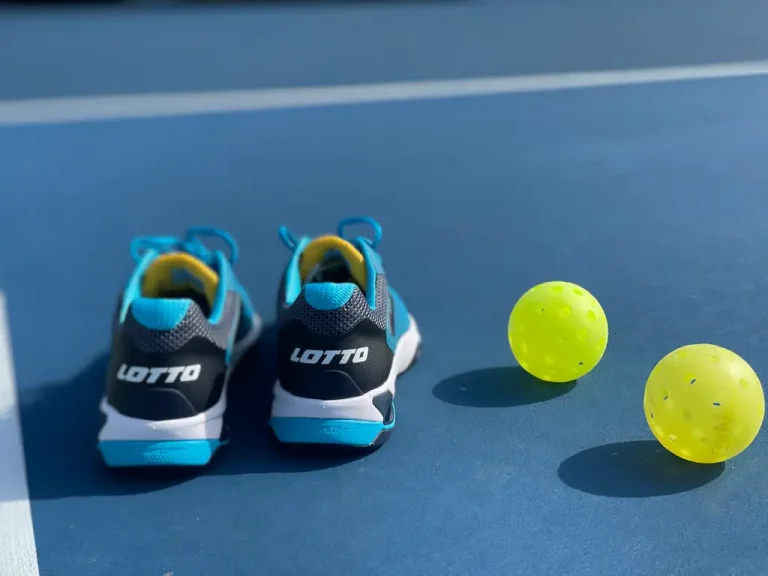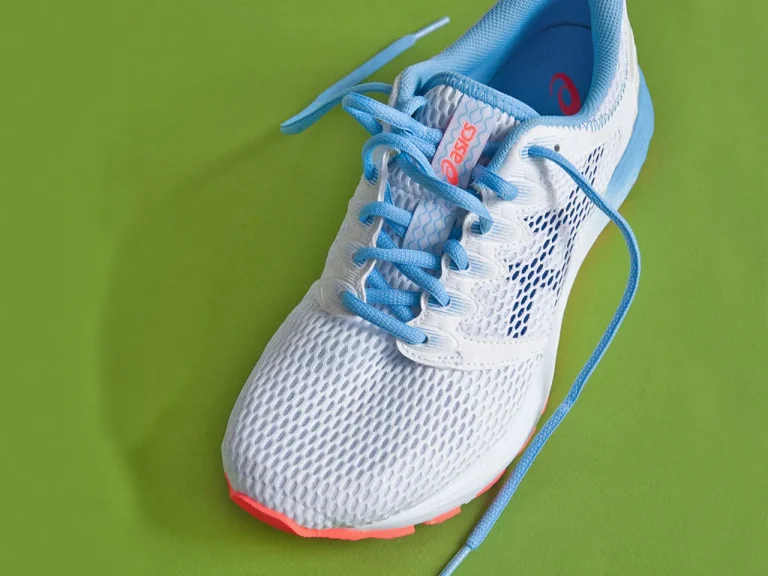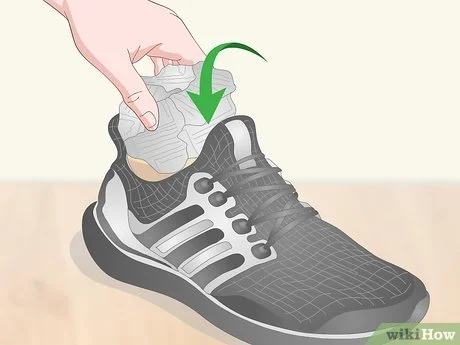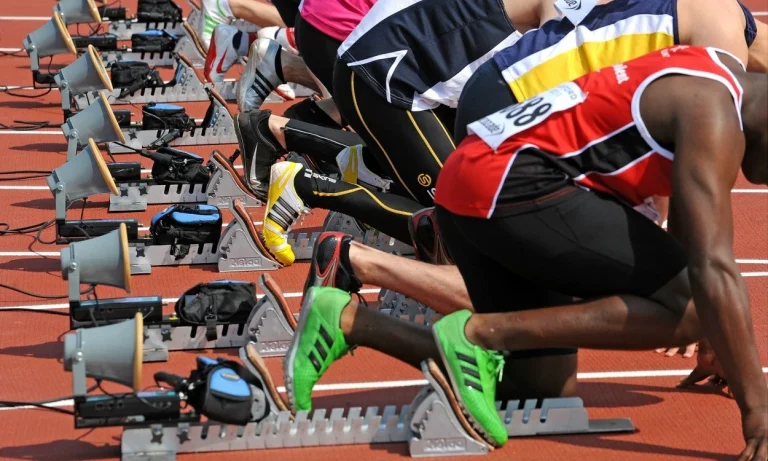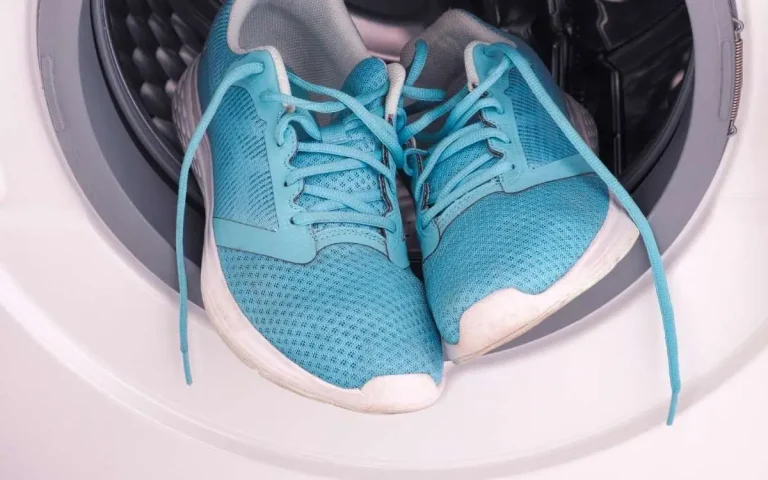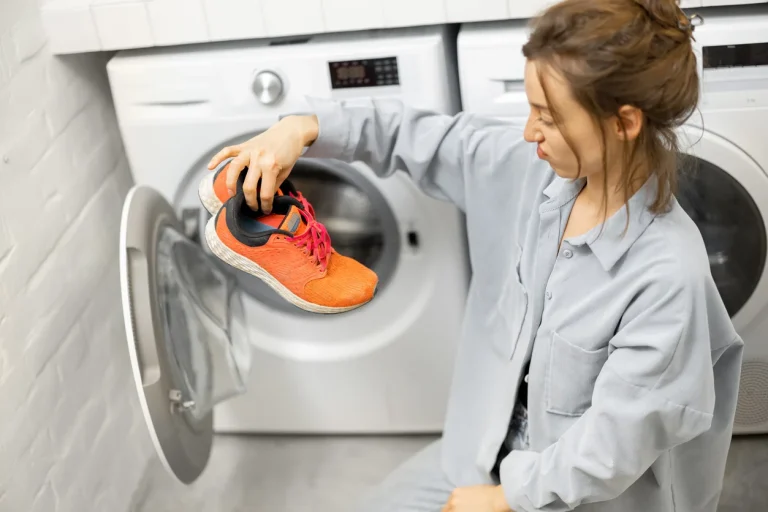How To Make Your Shoes Non Slip? Proven Tips
Introduction of this article:
Slippery shoes can be a real hazard, leading to accidents and injuries. Whether you work in a restaurant, hospital, or any other place where slip-resistant shoes are necessary, it’s important to know how to make your shoes non-slip. In this article, we will explore various methods and products that can help improve the slip resistance of your shoes.
By following these simple steps, you can enhance your safety and reduce the risk of slipping and falling. Let’s dive in and learn how to make your shoes safer and more secure on any surface.
Understanding Slip Resistance
Slip resistance is an important factor to consider when it comes to safety in various environments. Whether it’s a workplace, public space, or even your own home, understanding slip resistance can help prevent accidents and injuries. In this guide, we will explain slip resistance in easy-to-understand language, providing you with the knowledge to make informed decisions and take appropriate precautions.
What is Slip Resistance? Slip resistance refers to the ability of a surface to provide sufficient friction or grip to prevent slipping. It is measured by the coefficient of friction (COF), which indicates the force required to move an object across a surface. Surfaces with higher COF values offer better slip resistance and are less likely to cause accidents.
Factors Affecting Slip Resistance
Several factors influence slip resistance. Here are the key ones to consider:
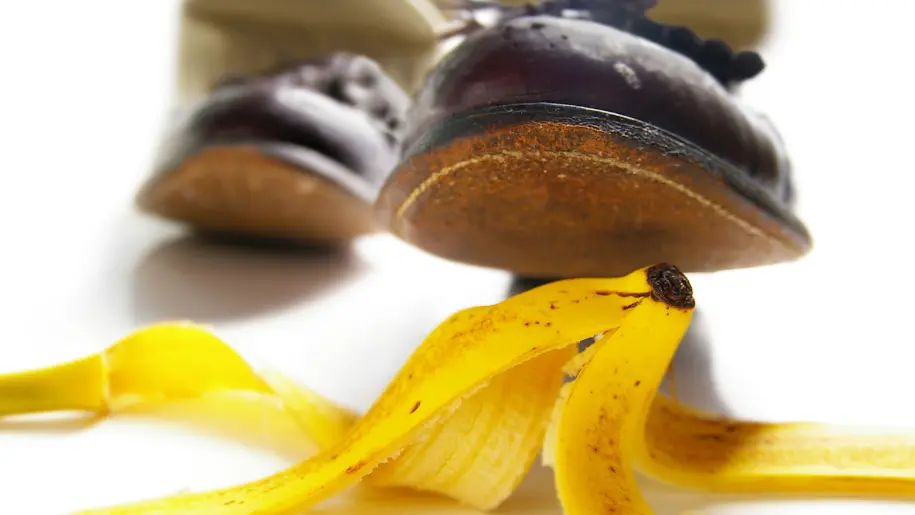
Surface Texture
The texture of a surface plays a significant role in slip resistance. Rougher surfaces tend to have higher COF values as they provide more traction. Smooth surfaces, on the other hand, may be more slippery, especially when wet.
Contaminants
The presence of liquids, oils, dust, or other substances on a surface can significantly reduce slip resistance. These contaminants create a layer between the surface and the footwear, reducing friction and increasing the risk of slipping.
Footwear
The type of footwear you wear also affects slip resistance. Shoes with appropriate soles designed for better grip, such as those with rubber or non-slip patterns, can enhance slip resistance.
Environmental Conditions
Environmental factors like moisture, temperature, and lighting conditions can impact slip resistance. Wet or icy surfaces, for example, are generally more slippery than dry ones. Adequate lighting can help individuals identify potential hazards and avoid accidents.
How To Make Shoes Non Slip & Less Slippery?

Use Adhesive Bandages
To make your shoes non-slip using adhesive bandages, start by cleaning and drying the shoe soles. Cut adhesive bandages into thin strips or small pieces. Peel off the backing and apply them strategically to the sole or any slippery areas of your shoes, ensuring good contact. Cover the entire area that needs extra grip, such as the heel and ball of the foot. Trim any excess bandage for a comfortable fit.
Test the shoes on a non-slippery surface and adjust the placement if needed. Replace the adhesive bandages as they wear out. With this simple method, you can enhance the grip of your shoes and reduce the risk of slipping.
Try Non-Slip Shoe Sole Grips
To make your shoes non-slip, try using non-slip shoe sole grips. Start by choosing the right type of grips for your shoes, such as adhesive traction pads, rubber sole covers, or traction-enhancing sprays. Clean and dry the shoe soles before applying the grips. If using adhesive pads or covers, peel off the backing and firmly press them onto the desired areas of the soles. If using a spray, follow the instructions and apply an even coat to the soles.
Allow proper drying or curing time as instructed. Test the shoes on a non-slippery surface to ensure the desired traction. Maintain and replace the grips as needed to ensure continued slip resistance. With non-slip shoe sole grips, you can enhance shoe traction and reduce the risk of slipping with ease.
Wear Your Shoes
To make your shoes non-slip, one of the simplest and most effective methods is to wear them properly. Ensure that your shoes fit well and are the right size for your feet. Tight or loose-fitting shoes can affect your balance and increase the risk of slipping. Additionally, choose shoes with appropriate soles designed for better grip, such as those with rubber or non-slip patterns. Regularly inspect the soles for wear and tear, as worn-out soles can reduce traction.
Keep your shoes clean and free from dirt, dust, or debris that may affect their grip. By wearing well-fitting shoes with suitable soles and maintaining their cleanliness, you can significantly improve their slip resistance and reduce the chances of accidents.
Scuff the Outsoles with Sandpaper
To make your shoes non-slip, a simple and effective method is to scuff the outsoles with sandpaper. Start by obtaining a piece of medium-grit sandpaper. Gently rub the sandpaper against the outsoles of your shoes, focusing on the areas that come into contact with the ground. This process creates small grooves and roughens the surface, improving traction and grip. Be careful not to apply too much pressure or damage the shoe material. After scuffing, remove any debris or dust from the outsoles.
Regularly repeat this process as needed to maintain the desired level of slip resistance. By scuffing the outsoles with sandpaper, you can enhance the grip of your shoes and reduce the risk of slipping on various surfaces.
Try Traction Spray for Shoes
To make your shoes non-slip, consider using a traction spray specifically designed for shoes. Traction sprays are formulated to enhance the grip of shoe soles on various surfaces. Start by obtaining a traction spray suitable for your shoe material. Clean the shoe soles to remove any dirt or debris, ensuring a smooth surface for application. Shake the spray can well and follow the instructions provided. Apply an even coat of the traction spray to the soles of your shoes, covering the entire area that comes into contact with the ground. Allow the spray to dry completely before wearing the shoes.
The traction spray creates a textured layer on the soles, improving traction and reducing the risk of slipping. Reapply the spray as needed to maintain optimal slip resistance. With a traction spray, you can easily enhance the grip of your shoes and walk confidently on various surfaces.
Tack on Puff Paint to Slippery Outsoles
To make your shoes non-slip, a simple and cost-effective method is to tack on puff paint to the slippery outsoles. Puff paint is a type of fabric paint that creates a textured surface when it dries. Start by obtaining a tube of puff paint in a color that matches your shoe soles. Clean the outsoles thoroughly to remove any dirt or debris. Apply small dots or lines of puff paint onto the outsoles, focusing on the areas that need extra grip. Allow the paint to dry completely according to the manufacturer’s instructions.
The raised texture of the puff paint provides additional traction, reducing the chances of slipping. Regularly inspect the paint for wear and reapply as needed. With this simple technique, you can enhance the slip resistance of your shoes and walk with confidence on various surfaces.
Use Ice Grips to Make Shoes Non-Slip
To make your shoes non-slip, consider using ice grips, which are specially designed attachments that provide extra traction on slippery surfaces. Ice grips typically feature metal spikes or rubber studs that grip onto icy or slippery terrain. Start by selecting the appropriate size and type of ice grips that are compatible with your shoes. Follow the instructions provided with the ice grips to securely attach them to the soles of your shoes. Ensure that they are properly aligned and fitted. When walking on slippery surfaces, the spikes or studs on the ice grips dig into the ground, providing enhanced grip and stability.
Remember to remove the ice grips when you are no longer on slippery surfaces to prevent damage to indoor flooring or other surfaces. With ice grips, you can confidently navigate icy or slippery conditions while significantly reducing the risk of slipping and falling.
Go to a Cobbler to Fix Slippery Shoes
If you have slippery shoes that you want to make non-slip, it is advisable to visit a professional cobbler. A cobbler is a skilled shoe repair specialist who can assess the condition of your shoes and provide appropriate solutions. They can apply a non-slip sole or add rubber grips to the existing soles of your shoes. Additionally, a cobbler can repair any worn-out or damaged parts of your shoes that may affect their grip.
By seeking the expertise of a cobbler, you can ensure that your shoes are properly fixed and made non-slip, allowing you to walk with confidence and reduce the risk of slipping on various surfaces.
Related To: Best Hoka Running Shoes
Related To: Best Running Shoes For Flat Feet
Conclusion
In conclusion, there are several effective methods to make your shoes non-slip and reduce the risk of accidents. Whether you choose to use non-slip shoe sole grips, scuff the outsoles with sandpaper, apply a traction spray, or seek assistance from a cobbler, taking proactive steps to enhance shoe traction is essential for your safety. Remember to choose the method that best suits your needs and follow the instructions carefully. By prioritizing slip resistance, you can walk with confidence and minimize the chances of slipping on various surfaces.

